


MEET THE TEAM

Shaheem Sahid
CEO/The Director
The Director provides the guiding creative vision for a production. They aren’t necessarily the ultimate authority on a given project, but they are responsible for shepherding it creatively through the entire creative process, meaning they exert great influence over all other film crew positions.
As such, you’d find them near the top of any film production hierarchy chart.
THE AD Department
The AD Department is something like the center of a wheel, keeping all the
other departments joined together in order to make the whole production
move forward.
The job of 1st Assistant Director both is and isn’t exactly what it sounds like.
On one hand, the 1st AD’s mandate is simply to assist the director in
achieving their vision. On the other hand, their day-to-day responsibilities
stretch far beyond the creative concerns of the director and are crucial to
keeping any production on its feet.
1st AD
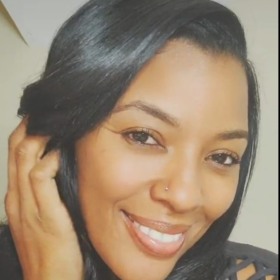
Lakeisha Sherron
The 1st AD is responsible for crafting the shooting schedule, running the set, making sure that all other film crew positions are functioning on time, and dealing with the thousands of daily problems that arise on even the smoothest of productions. Their minds are both highly active in the present yet always calculating circumstances in the future ahead.
1st ADs are the ultimate problem solvers among all film crew positions, but that doesn’t mean you should bring your problems directly to them. Instead, you should approach their second-in-command.
The 2nd AD

Michelle Francis
The 2nd Assistant Director is the 1st AD’s right hand. In their most basic form, 2nd ADs are responsible for handling daily call sheets and shepherding talent to and from set. However, their job descriptions are rarely that simplistic in practice. Unlike most other movie set jobs, 2nd ADs have to maintain a basic understanding of how nearly every department operates. At the behest of the 1st AD, they’re most often coordinating forces behind-the-scenes to solve or prevent problems of all types and sizes.

Michelle Francis
The Set PA
Technically, all Production Assistants belong to the production department (which we’ll cover later), but Set Production Assistants oftentimes receive a majority of their marching orders from professionals in the AD department instead. As the name implies, Set PAs support the needs of the shooting set itself, as opposed to those of a particular department.
Set PAs- along with other PA film crew positions- occupy the lowest rung of any film production hierarchy chart, but they’re also frequently referred to as the lifeblood of film production as a whole. The role of the Set PA is invaluable precisely because its low position makes it one of very few film crew jobs that can be called upon to carry out nearly any task. The Set PA’s role is limited only by need, not personal specialization.

Chantal Sampson
The casting director
The casting director, is in charge of finding the right performers for a given project.
For obvious reasons, the casting director’s job is often finished long before physical production begins, and, in that sense, they operate entirely outside of the day-to day film crew hierarchy. However, their existence as one of the above the line film crew positions demonstrates an important principle. Despite its typical use, the phrase “above the line” does not denote superiority in any way. While many above the line film crew positions are very important and do carry a great deal of power, they are not inherently “better” than the rest of their film crew family.
The fact of the matter is that above the line film crew positions rely entirely upon the hard work and critical thinking of those professionals with boots on the ground: the below the line crew.
The Camera Department
The Camera Department is the literal focal point of image capture on any set. You literally wouldn’t have a movie without the Camera Department. Its members work closely with the Grip and Electric Departments to achieve a film’s overall look under the guidance of the Director of Photography.
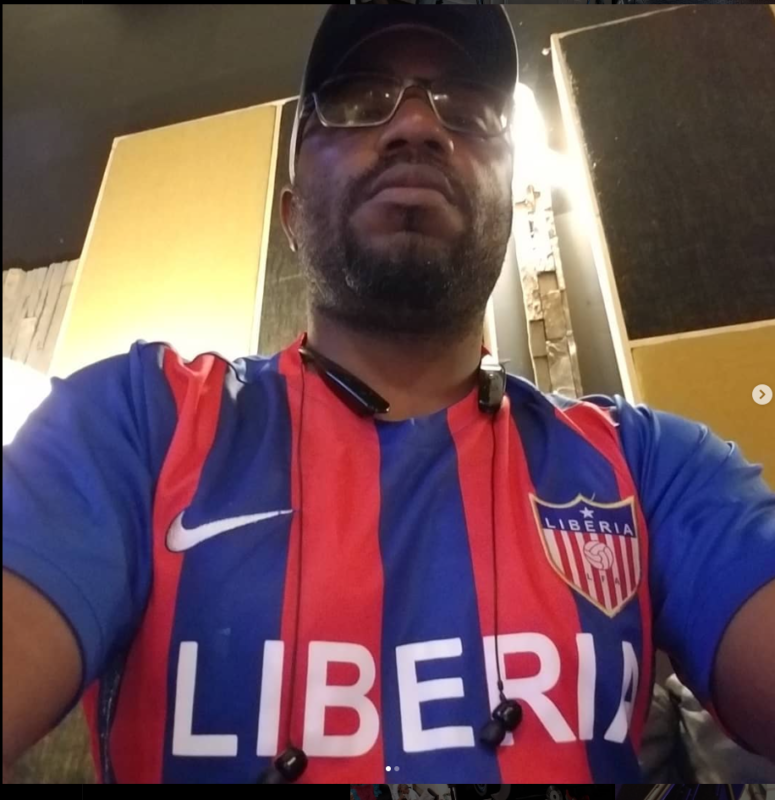
Vaness Bishop
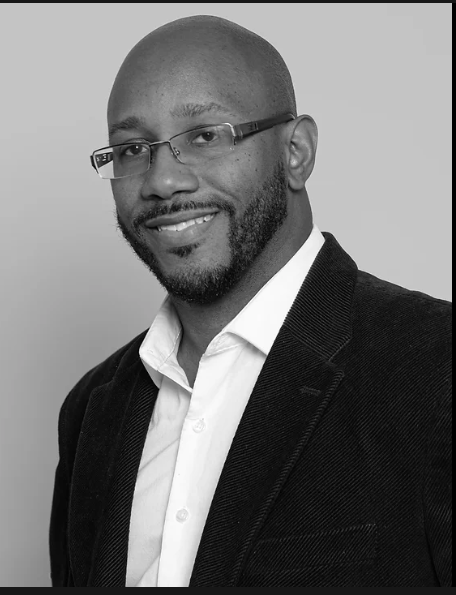
Larry Person
Licensed Drone Operator
The Director of Photography
At her or his core, the Director of Photography is responsible for recording the images of a film in accordance with a director’s vision. That means that they’re in charge of creating light, bending light, and capturing light in a way that achieves an agreed upon look.
Technically, the Director of Photography is the head of the camera department, but they also guide the creative decisions made by grip and electric departments.
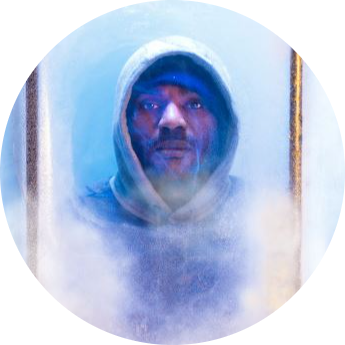
The Camera Operator
The Camera Operator controls the camera during takes. They are skilled at creating smooth and precise movements, using operating gear that may range from simple tripods to hand wheels or electronic control systems.
On multi-camera productions, there may be several camera operator film crew positions working at any given time.
The 1st AC
The 1st Assistant Cameraperson is in charge of the set-up and on-set maintenance of the camera and related accessories.
Traditionally, 1st ACs are most uniquely known for being responsible for pulling focus during a shot. However, with the proliferation of digital cameras, the duties of a modern 1st AC have expanded to cover the management of a wide array of image capture settings and specifications.
The 2nd AC
The 2nd Assistant Cameraperson is in charge of organizing the camera crew’s gear, keeping records, and assisting in any general camera team tasks. Despite being at the bottom of the camera department’s film crew hierarchy, the 2nd AC is distinct from all other film crew jobs in that they’re responsible for the honorable (and, occasionally, fun) task of operating the camera slate before or after every take.
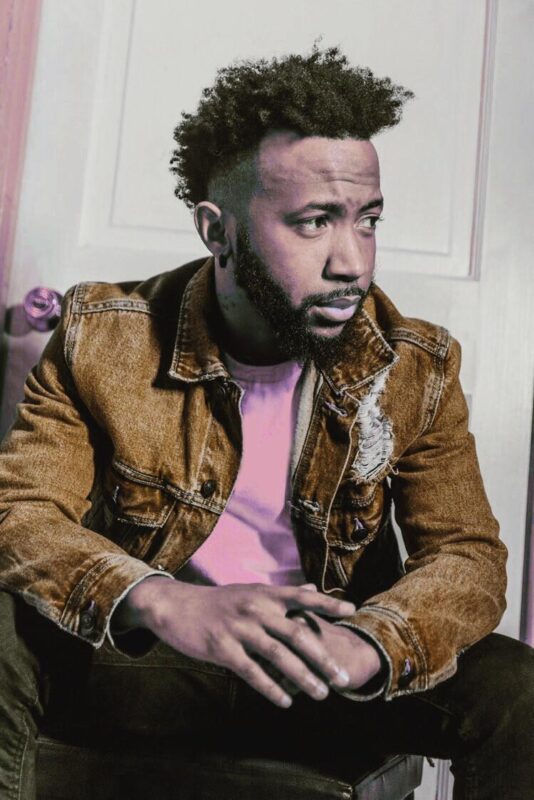
Curtis Mitchell Jr aka TIS
Music Producer and Score Composer
Film composers are industry professionals who write film music and film scores. The film score is always original music. And as time has gone on, film composers work to bring the music composition to life. As well as a single featured song.

Timothy Cambridge
Graphic Designer
A graphic designer is a professional within the graphic design who will create movie posters and any art needed in a film. Also graphic arts industry who assembles together images, typography, or motion graphics to create a piece of design. A graphic designer creates the graphics primarily for published, printed, or electronic media, such as brochures and advertising.

Screen Writer Department
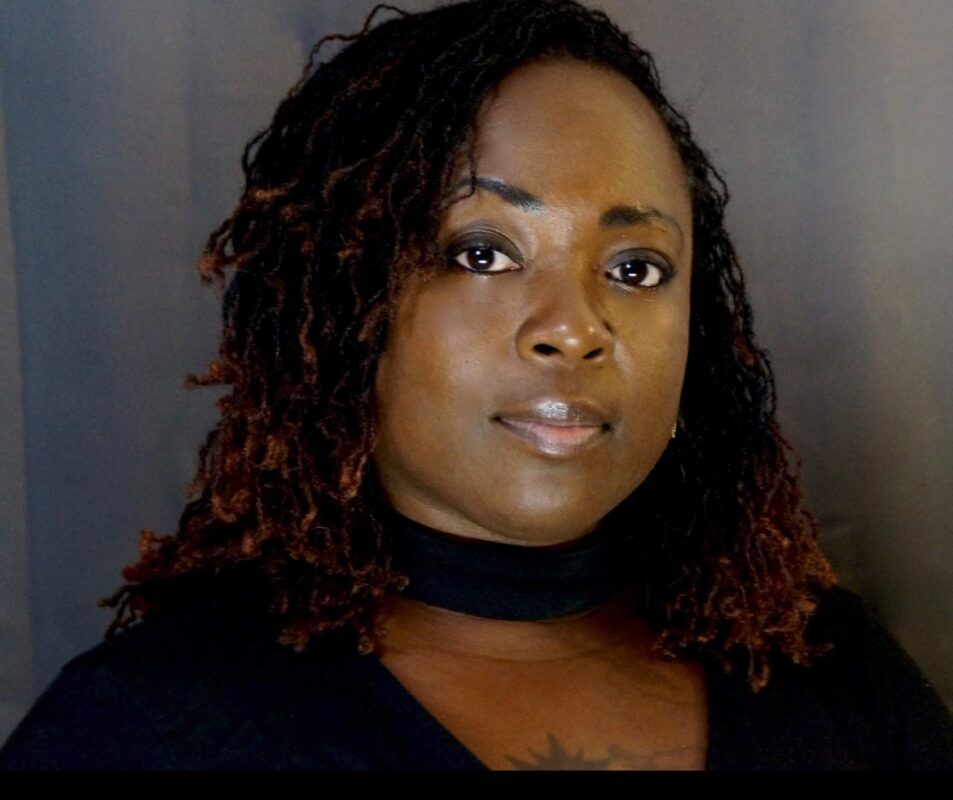
Felita Lawrence
A screenwriter writes content for visual mediums. They write screenplays for feature films, short films, television, commercials, and video games. They create the dialogue, the characters and the storyline of a script. Screenwriters may start off as freelance, and write their first few screenplays “on spec,” or speculation. A spec script is a screenplay that wasn’t assigned to the writer, but is written to either be sold to a studio or as a writing sample.
The Electric Department
Let there be light, or lightsabers. Always thanks to the electric department.
The Electric Department creates light, collaborating with the grip department to execute the director of photography’s lighting plan.
The Gaffer
The Gaffer is a production’s chief lighting technician and head of the electric department. They plan and coordinate the placement and powering of lights to achieve the level of illumination desired by the director of photography. The best gaffers are also excellent collaborators, crafting technical solutions to solve creative challenges.
The Best Boy Electric
The Best Boy Electric (BBE) is the gaffer’s chief lieutenant, the second-in-command. They’re often responsible for delegating day-to-day managerial tasks- like hiring personnel and maintaining equipment- and are generally less directly involved in major creative decisions within the lighting plan.
While the traditional “Best Boy” title is still most typically used, the alternative film crew positions of “Best Girl” and “Best Person” are gaining popularity and may very well be encountered on your next call sheet.
The Hair & Make-Up Departments
Collectively referred to as “The Vanities”, the Hair & Make-Up Departments prepare on-camera talent for the big screen. Their work can also be essential to executing special effects and maintaining on-screen continuity.
The Make-Up and/or Hair Assistants
The Assistants within the Hair and make-up departments provide extra hands and eyes to carry out the plans of their department head. The more principal or background talent that a production requires, the more HMU assistant film crew positions you’ll likely find in the credits. HMU assistants can also prove invaluable in keeping an eye on the performers’ looks as they need adjustments through the shooting day.
The Key Make-Up Artist
The Key Make-Up Artist is in charge of setting the talent’s look for a given
scene. They work closely with not only the director but also the production
designer, director of photography, and wardrobe designer to craft a cohesive
look that contributes to the film’s overall aesthetic.
The Key Hair Stylist
Similarly, the Key Hair Stylist is in charge of setting the talent’s hairstyle for a given scene. This requires a diverse range of skills to account for multiple hair types, varying aesthetic requirements, and solving unpredictable follicular problems.
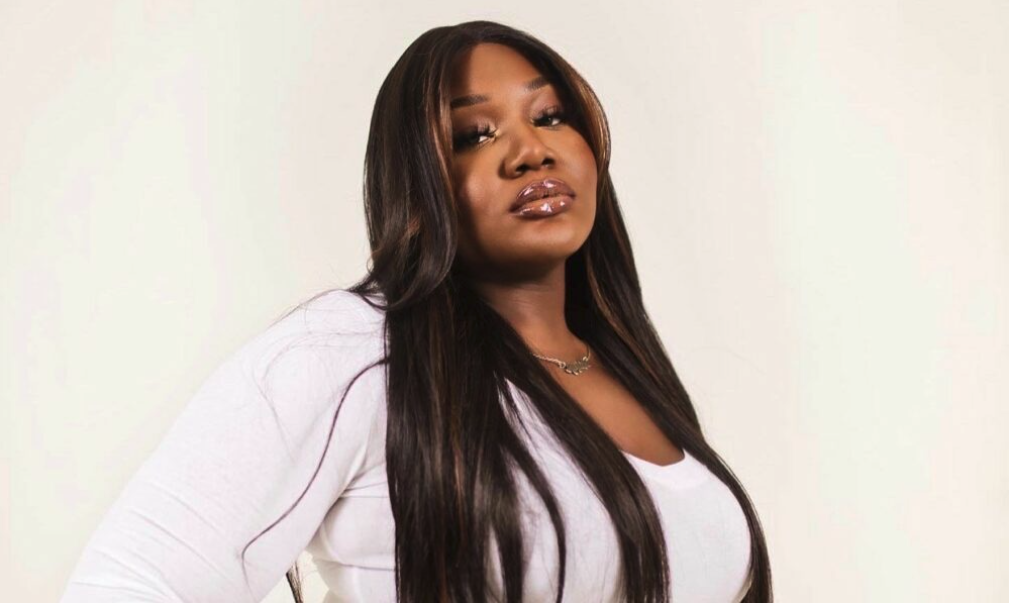
Aaliyah Tee
Media & Staffing/ Special EFX MUA
Special Effects MUA
Special effects makeup artists play a crucial role on movie sets by creating various visual effects using makeup techniques. Here are some key tasks they perform:
Applying Prosthetics:
Special effects makeup artists use prosthetic pieces, often made of foam latex, to create additional limbs, burn victims, monsters, and other special effects. These prosthetics can move like human skin and muscles, allowing artists to transform actors into different characters. For example, David Miller designed the iconic conehead makeup for Dan Aykroyd in “Coneheads” and Freddy Krueger’s makeup in the “Nightmare on Elm Street” films.
Scleral Lenses:
Special effects makeup artists also work with scleral lenses, which are special contact lenses fitted to cover the actor’s eyes with funky pupil designs. These lenses have been used in various films and TV shows to create unique eye effects, such as the ice-blue eyes of the White Walkers in “Game of Thrones.”
Creating Teeth and Hairpieces:
Another skill of special effects makeup artists is designing teeth that fit over an actor’s own teeth, ranging from ghoulish monster teeth to vampire fangs. They also work with lace hairpieces, including beards and mustaches, to transform actors’ appearances. These hairpieces are meticulously crafted using real or synthetic hair tied into lace netting.
Media and Staffing
A media and staffing company typically combines services related to both media and staffing industries.
Media Services:
Media services offered by such a company may include advertising, marketing, public relations, social media management, content creation, video production, graphic design, and other related services. These services aim to help businesses promote their products or services, enhance their brand visibility, engage with their target audience, and ultimately achieve their marketing goals.
Staffing Services:
On the other hand, staffing services involve recruitment, placement, and management of employees for client companies. Staffing companies help businesses find qualified candidates for various positions, ranging from temporary roles to permanent placements. They may also offer services such as talent acquisition, workforce management, HR consulting, and training programs.
Combination of Media and Staffing:
A company that offers both media and staffing services may provide comprehensive solutions to clients looking to enhance their brand image while also ensuring they have the right talent in place to support their business objectives. This combination can be particularly beneficial for companies looking to streamline their marketing efforts while also addressing their human resource needs effectively. By integrating media and staffing services, these companies can offer a holistic approach to supporting businesses in achieving their strategic goals.
Car Coordinator/Car Agency
What Does a Car Coordinator Do for Movie Sets?
A car coordinator on a movie set is responsible for managing all aspects related to vehicles used during filming. Their primary role is to ensure that the transportation needs of the production are met efficiently and effectively. Here are some key responsibilities of a car coordinator on a movie set:
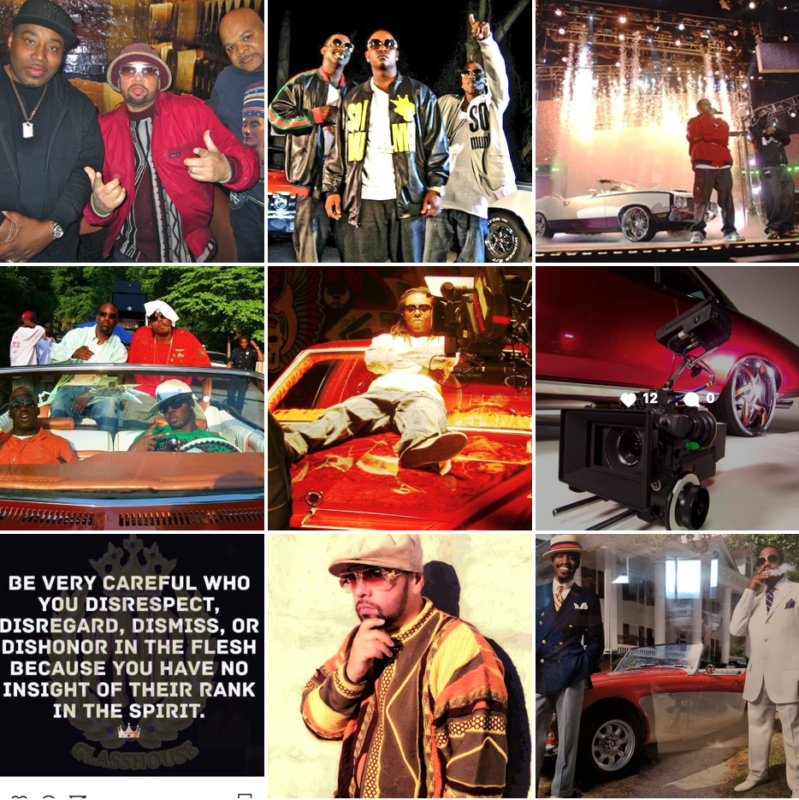
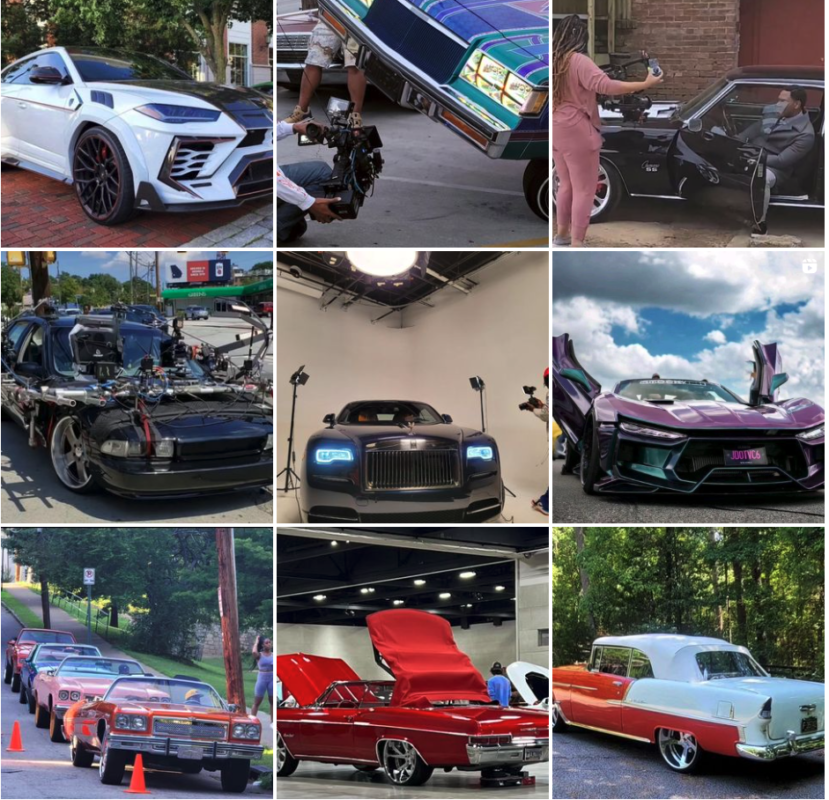

Vehicle Selection and Procurement
The car coordinator is in charge of selecting appropriate vehicles for the scenes based on the script requirements. They may need to source specific types of cars, trucks, or other vehicles to match the time period or setting of the film.
On-Set Support
During filming, the car coordinator is present on set to assist with any vehicle-related issues that may arise. They work closely with the transportation department to coordinate vehicle movements according to the shooting schedule.
Logistics and Transportation
Coordinating the logistics of transporting vehicles to and from the set is a crucial part of their job. This includes arranging for vehicle deliveries, pickups, and ensuring that all necessary permits and paperwork are in order.
Coordination with Production Team
The car coordinator collaborates with the production team to align vehicle requirements with the overall production schedule. They communicate any changes or special requests regarding transportation needs.
Maintenance and Safety
The car coordinator oversees the maintenance and safety of all vehicles used on set. They need to ensure that the vehicles are in good working condition, comply with safety regulations, and are properly insured.
Budget Management
Managing the budget allocated for transportation expenses is also part of their responsibilities. The car coordinator must find cost-effective solutions while meeting the production’s requirements.
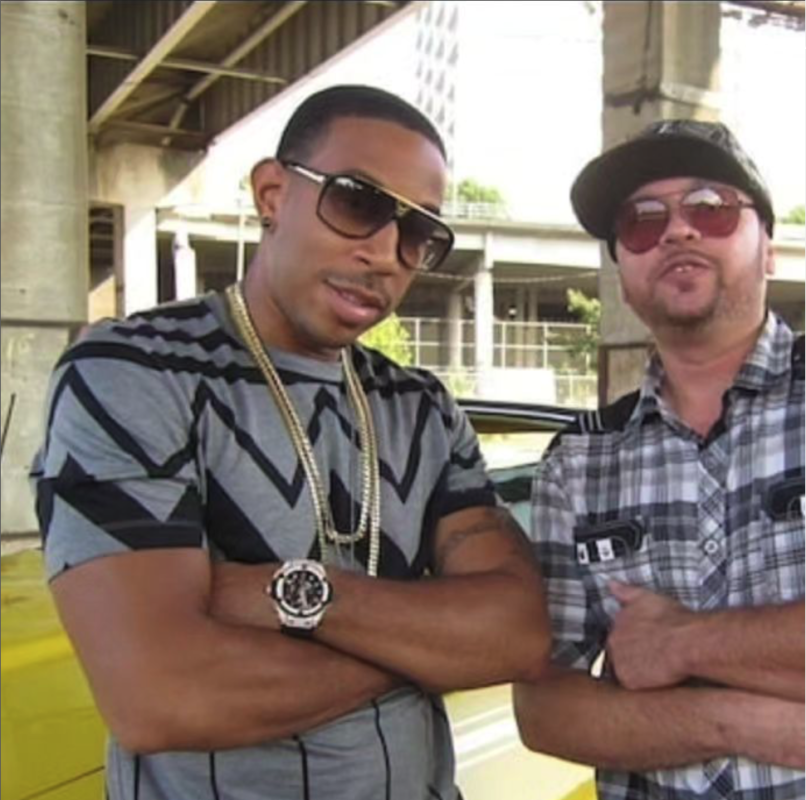
Efren Mauricio Jr
Car Coordinator/Car Agency
The Sound Department
The Sound Department is responsible for getting the best on-set sound
possible. They use a wide range of analog techniques and technical
innovations to ensure that dialogue can be heard crystal clear in even the
most clamorous of conditions.
What Does a Sound Mixer Do on a Movie Set?
A sound mixer on a movie set is responsible for overseeing all the sound recorded during filming. This primarily includes capturing dialogue but can also involve recording sound effects and atmosphere. Before shooting begins, the sound mixer collaborates with the producer and director to determine the best approach for capturing sound in alignment with the director’s vision. They conduct location visits to identify potential sound issues such as background noise from passing vehicles or trains. During filming, the sound mixer ensures that audio from various sources like radio and boom microphones is recorded at optimal levels for each take. If any issues arise, they communicate with the director to decide whether to reshoot or address it during post-production. Additionally, a significant portion of the sound in films is added or modified during editing, including techniques like ADR (automated dialogue replacement) for re-recording dialogue in a studio setting. Sound mixers often work under challenging conditions on film sets, dealing with factors like rustling costumes, equipment noise, and microphone placement challenges while maintaining focus and precision in their work. They typically operate on a freelance basis.

Dylan Thomas
The Production Sound Mixer is in charge of recording all relevant sound on the shooting day. That includes everything from principal dialogue to room tone to wild lines to limited sound effects.
On set, the role of the Production Sound Mixer is quite different than that of a sound mixer in post. The Production Sound Mixer is concerned with gathering high-quality raw audio materials that will only later be layered into a film or television show’s final mix.

The Boom Operator
The Boom Operator is, of course, responsible for operating the boom mic, but they also play a significant role in placing microphones around sets and on performers in order to achieve the highest overall quality in the audio department’s recordings.
If you’re looking for a good deltoid workout, try working as a professional boom op.
On low budget productions, the Boom Operator and the production sound mixer film crew positions are often filled by a single individual, but it’s important to recognize that their skill sets differ considerably and should always be hired as separate film crew positions whenever financial circumstances allow.

The Sound Assistant/Cable person
Larger productions may require that a Sound Assistant or “Cable person” be hired among the sound department film crew positions. The Sound Assistant primarily supports the department through microphone placement and the monitoring of equipment, but they may be called upon to assist any other member of the sound department with any task requiring additional personnel.

Director Of Music Department
The Director of the Music Department on a movie set is responsible for overseeing all aspects related to music within the film production. Their primary duties include:
Music Selection:
The director of the music department works closely with the film’s director and producers to select appropriate music that complements the storyline, enhances emotional impact, and sets the tone for scenes.
Licensing and Rights:
They are in charge of obtaining the necessary licenses for pre-recorded music used in the film. This involves negotiating with music labels, artists, and publishers to secure the rights to use specific songs.
Original Score:
If the film requires an original score, the director of the music department collaborates with composers to create music that aligns with the vision of the film. They oversee recording sessions and ensure that the musical compositions enhance the overall cinematic experience.
Soundtrack Integration:
The director of the music department ensures that all musical elements are seamlessly integrated into the final soundtrack. They work closely with sound designers and editors to achieve a cohesive audio experience for viewers.

